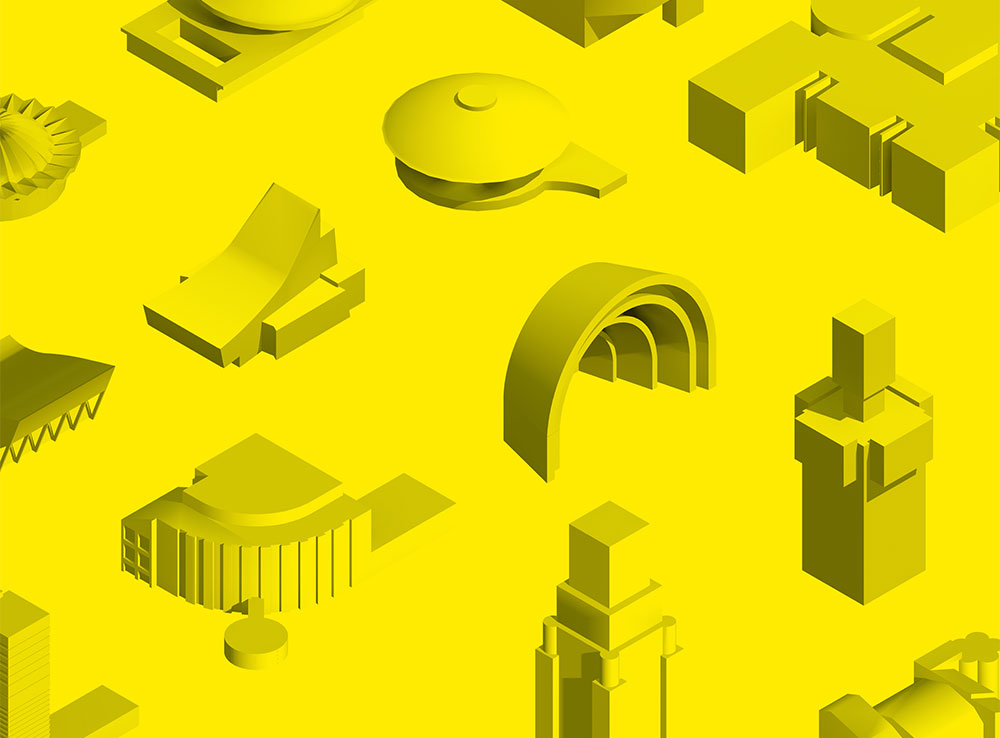Manifesta destiny: what does the St Petersburg-set art biennial mean for Russia?
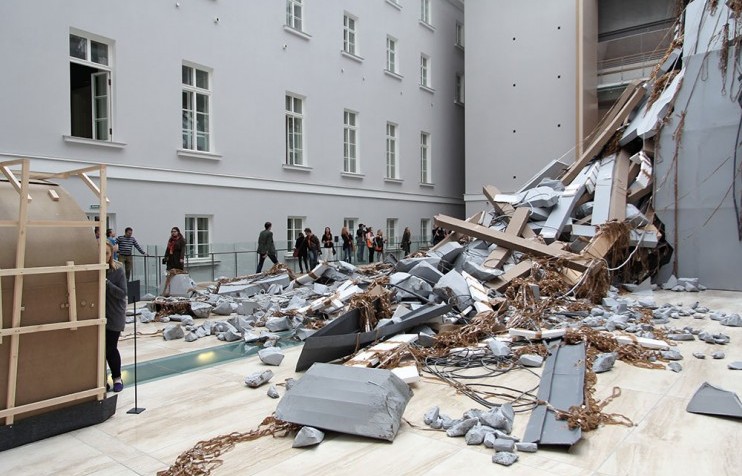
Its presence at the Hermitage has been met with a mixture of joy, hostility and indifference, but could the arrival of contemporary art biennial Manifesta 10 spell change for St Petersburg, and for Russia's increasingly isolated art world?
“This exhibition is part of the biennial Manifesta 10. We apologise for the temporary inconvenience.” So reads a sign on the third floor of St Petersburg’s State Hermitage Museum, which has opened its ornate doors to Manifesta, Europe’s nomadic contemporary art show. For the duration of the summer, the museum’s famous Matisses have been replaced with recent works by living painters, including a series of portraits of famous gay Russians, and the vast General Staff Building has been handed over to German curator Kasper König.
The collaboration has been styled as a culture clash: Manifesta, the paragon of fluid 21st-century art-world intellectualism — with its constant talk of discourses, peripheries and liminal states — meets the stolid magnificence of the 18th-century Hermitage, the gilded epitome of old-school museum culture. What’s more, despite the cliched references to St Petersburg’s role as Russia’s “cultural capital” and “window to Europe”, the underlying polemic between new and old, progressive and conservative, has clearly motivated the choice of host city: while it is no longer the symbol of Russia’s recent obscurantist backsliding (overtaken by Moscow’s Cathedral of Christ the Saviour, by Sochi, and now by Crimea), St Petersburg, home of the gay propaganda law and of Cossack vigilante groups, is its birthplace.
The counterweight to fears of legitimisation is the feeling among participants — a mixture of hope, desire and expectation — that, by whatever mechanisms art can be said to impact society, something good might come of all this. In fact, the increasingly negative cloud hanging over Russia could even be said to have made Manifesta’s job easier. As Russian curator Ekaterina Degot ponders in an acute essay, written in anticipation of Manifesta 10, “Are things so bad that Manifesta 10 might be considered a positive, ‘civilisational’ event no matter what its content, by sheer dint of taking place in a country plummeting into the abyss of militarist aggression, obscurantism, and proto-fascist nationalism?”
For this to happen, Manifesta has to secure itself some kind of connection with the Russian public. And this is where Manifesta 10 confronts the same problem as contemporary art everywhere: how can it reach a broader public beyond a narrow coterie of connoisseurs and hangers-on? Manifesta has always been at the elite end of the modern art spectrum, its prestige among insiders far outstripping its popular resonance. In some ways, the St Petersburg edition offered a chance to change that: the Hermitage is one of the most visited museums in the world, with a claimed 3.8 million visitors a year, from all over Russia and the world. The demographic — mostly tourists keen to tick off another site — skews older, more provincial and less educated than the usual art crowd biennial, but so much the better.
“Predictably, taxi drivers and waitresses had scant idea what a Manifesta was and why they should care”
Even in western Europe, where contemporary art occupies an established niche in the life of the nation (albeit only as a marginal generator of cultural capital and real estate value), it retains its elite, metropolitan status. In Russia, once the cradle of revolutionary mass art, this exclusive identity is particularly problematic. Since the failed protests of 2011 and 2012 the Russian government has pursued a deliberate strategy of dividing the iPhone-toting liberals of Moscow and St Petersburg from their potential allies, the economically oppressed population of the provinces. By filling the news agenda with issues on which progressive town and conservative country can never agree — gay rights, religion, jingoistic military adventurism — they can keep them apart.
Challenging contemporary art is another of these wedges: the most obvious instance of this strategy, the case of Pussy Riot, was a serendipitous gift for the government, as is every new boycott of Russia by touring theatres or bands. But more deliberate policy statements are also used to create a dichotomy between the “real Russia” and the so-called westernised elites, such as the recent Ministry of Culture document which revived the classic slogan “Russia is not Europe” and other curmudgeonly outbursts against exhibitions; “It’s all crap,” was culture minister Vladimir Medinsky’s off-the-record review of the 2013 Moscow Biennale, a genuine sentiment, but a cannily populist one too.
Hedwig Fijen, director of Manifesta, and Mikhail Piotrovksy, director of the Hermitage, have said that “the 2014 biennial has been created for a mainly Russian audience, one that may not necessarily have been involved in contemporary art before”. In part organisers were hamstrung by delays in funding, meaning there was little advertising presence in town. Predictably, taxi drivers and waitresses had scant idea what Manifesta was and why they should care. But this would be too much to hope for in any city anywhere. And anyway, wasn’t there the massive existing audience of the Hermitage to rely on? Regrettably, this must go down as a missed opportunity. The bulk of the main programme was housed in the General Staff Building, across the square from the tourist-thronged Winter Palace. Those works which had been located in the main museum were, it seems, either deliberately non-confrontational or entirely hidden. In the ocean of art that is the Hermitage, the carefully pipetted drops of contemporary work were soon washed away. Karla Black’s Nature Does the Easiest Thing, a delicate square of powder and paper, was an elegant interrogation of its palatial surroundings, but it was hidden behind a shut door and a Keep Out sign. The Gerhard Richter hanging behind the Imperial Throne (Ema, Nude on a Staircase) was more prominent, but in tone and content — a beautiful, elegiac female nude — it hardly presented a contrast to the Old Masters around it.
The only real exception was the third-floor rooms, formerly home to Matisse, that now hosted the work of Marlene Dumas, Nicole Eisenmann and Joseph Beuys. Here at least some dissonance was felt, both in form — Beuys’s installation, Economic Values, though a classic in itself, still felt like a surprise — and content — Dumas was careful about the labelling of her Famous Men project (once known as Famous Gay Men) but the presence of a portrait of TV presenter Anton Krasovsky, who faced vilification after coming out live on air, in the Russian art world’s holy of holies was a pleasure to see. But, Dumas paintings, which are undeniably aesthetic, still represent something of a compromise for a broad audience; what’s more, it’s unlikely this gentle provocation made any impact on the tour groups marched through these “inconvenient” rooms at pace.
“The allusive and questioning tone of the engagement with Russia’s political travails is to be welcomed”
A similar sense of careful restraint marked the biennial’s rare expeditions outside the space of the gallery: Alexandra Parici’s Soft Power intervention, in which dancers lay motionless around some of St Petersburg’s grandiose imperial monuments, made a solid point about the interaction of the human and the monumental, but was ultimately underwhelming; passers-by barely looked up. Those that did were, however, seemed to be largely supportive — maybe they could have handled something a little bolder?
Politics was not, however, ignored in the main exhibition in the General Staff Building: Pussy Riot were widely alluded to, and Ukraine was referenced both explicitly, by Boris Mikhailov, and implicitly, in Otto Zitko’s spontaneous “No more war” slogan, incorporated into his pillar-box red murals. Subtlety and quietness were nevertheless the watchwords: the only definitive “wow” moment was Thomas Hirschhorn’s vast Abschlag, the exploded cross-section of an apartment block, which made excellent use of the awkward space. In general it was other virtues that came to the fore: lyrical tenderness, in Wolfgang Tillmans’s Drapery photographs and gently homoerotic portraits; meditative formal colour play (a nod perhaps to the neighbouring Matisses?), in the work of Ann Veronica Janssens; humour, in Erik van Lieshout’s video documentary of his time spent building houses for cats in the Hermitage basement.
Biennials, especially such open-ended shows as this, are inevitably something of a mixed bag, but the general standard here was high; indeed, high enough perhaps to convince any stray visitor accidentally detached from their tour party that modern art isn’t the bunkum they’ve been told it is. What is more, the generally allusive and questioning tone of the engagement with Russia’s political travails is also to be welcomed. Pace the Guardian, this was not a case of “The art world takes on Russia’s regressive LGBT laws”: not only was the focus both broader and less confrontational, but König and the young curatorial team — who were, it should be noted, made up largely of young Russians — clearly took pains to avoid the trap of turning this into a neo-colonial exercise in self-righteousness — the enlightened west comes to show barbarous Russia its follies. Russian artists were well represented — including local legends Vlad Mamyshev-Monroe and Timur Novikov — and considerable attention was given to the extensive parallel programme going on across the city.
It would be too much to label it a triumph and too early to call it a success, but we can be sure it is not a succès de scandale. The lack of real bite, and the step away from Manifesta’s previous policy of privileging young art, may be a disappointment to many, and they have a point: any chance to stand up to bigotry is welcome. But, as Degot points out, the radicalism of events like Manifesta, which are essentially an exercise in blooding young artists for the market, is an illusion, and any act of protest de facto compromised. Manifesta 10 is ultimately an enjoyable but unexceptional exercise in thoughtful quality international-brand contemporary art. But so much the better: this sort of show won’t change the world, but it both reminds Russians of their membership in a broader international community and denies any ammunition to forces of conservatism eager to delegitimise contemporary culture on Russian soil and deprive the population of anything but the most turgid nationalist cultural production, dished up in cinemas and on TV.
Arguably, the increased acceptance of contemporary art, in Britain at least, was not a product of the market-friendly provocations of the YBAs — unmade beds and sharks in Perspex remain tabloid clichés — but by middle-of-the-road, populist projects like Antony Gormley’s Angel of the North or Olafur Eliasson’s Sun in Tate Modern’s Turbine Hall. Manifesta 10 can’t match that spectacle, but it does share that sensibility.
An analogous process of domestication was also evident in Manifesta’s parallel programme. At least three exhibitions centred on the St Petersburg underground of the 1980s — the explosion of creative, queer, quirky joie de vivre, led by Novikov, Mamyshev-Monroe and polymath charmer Sergei Kuryokhin, that marked the city’s last positive contribution to Russian culture. The entrance of this movement into the world of museums and monographs will ultimately bring losses — a concretisation of its anarchic energies (which had in fact already been initiated by the New Artists themselves in the 1990s). But this same process helps establish these unorthodox figures as legitimate representations of St Petersburg, bringing some diversity to the city’s tedious official brand as a beacon of classical harmony. In so doing, it might contribute to overcoming the city’s centuries-old schizophrenia, the divide between the calm skyline of spires and angels, and the seedy, seductive world of the basements, bringing St Petersburg’s underground energy out into the open, helping anti-authoritarian creativity become part of Russia’s mainstream cultural identity.
“Events like Manifesta provide some enticement not to abandon the idea of independent, modern, questioning Russian culture”
Manifesta may not prompt a dramatic change in the cultural life of the city, but it does provide much needed encouragement for the local art crowd that is both its producer and its consumer. After the annexation of Crimea, Dutch artist Erik van Lieshout considered pulling out: he didn’t, he told me, largely because he felt a loyalty to his assistants, the young students helping him with his work and organising the biennial. This gesture of solidarity goes a long way.
In fact, van Lieshout, with his practical, good-humoured work, made in friendly disagreement with the cleaners and administrators of the Hermitage — whose taste we can safely assume to be inclined towards the classical — provides some sort of template for how contemporary art can bust out of its elite confinement. But extending such interaction on a massive scale seems extremely unlikely right now. At this juncture, it is his work with assistants, administrators, PR reps and junior curatorial staff that is more important. The goal of changing popular opinion may have to be deferred in favour of solving an immediate crisis: the disillusionment and frustration felt by the aforementioned liberal urban intelligentsia, the section of the population currently most eagerly brushing up their foreign languages and reviewing their visa options. It is these people and their friends — educated, liberal, discerning — that are the producers and consumers of Manifesta, and it is they whom it benefits. It is an antiquated and unsatisfactory model — the benevolent intelligentsia leading the people by the hand — but at the current moment one cannot see how cultural life in Russia can prosper if these cultural elites retreat into exile, be it real or virtual.
Events like Manifesta, which prompt the arrival of artists and press and fleeting international attention, provide some enticement not to abandon the idea of independent, modern, questioning Russian culture. Manifesta 10 may have made some concessions to convenience, but in so doing it helps, in a small way, to provide for a future in which Russian contemporary art can be convenient, inconvenient or whatever it wants — and not have to apologise for it.
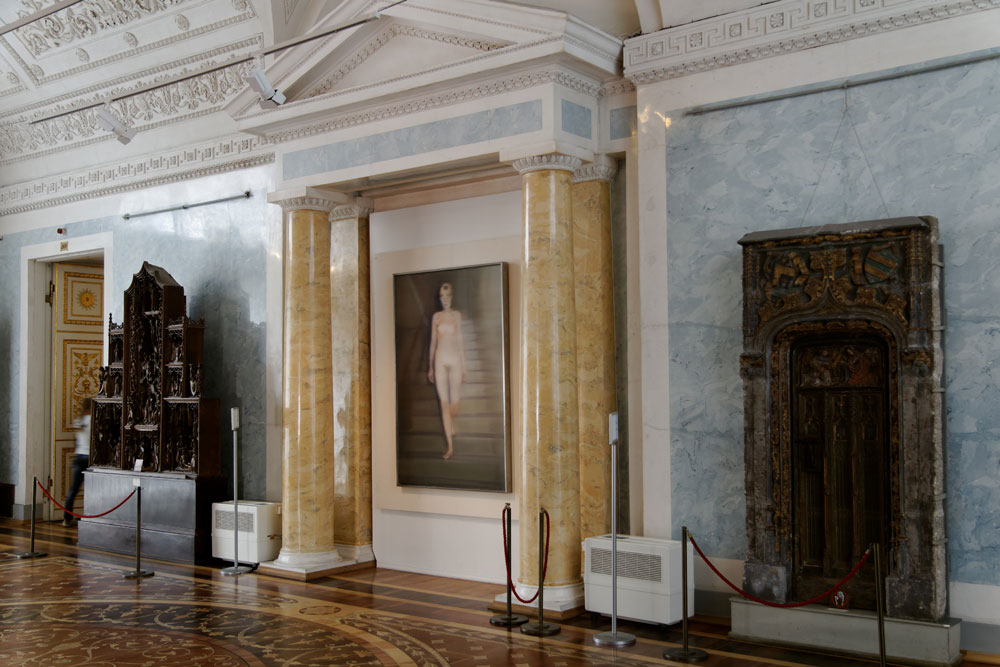
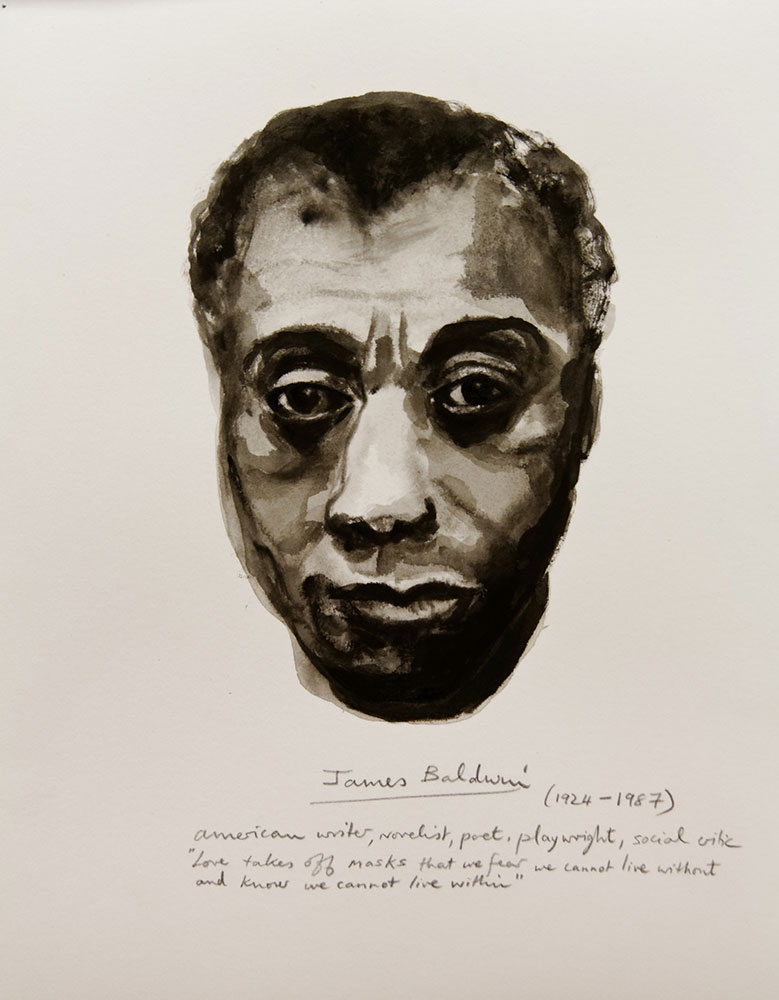
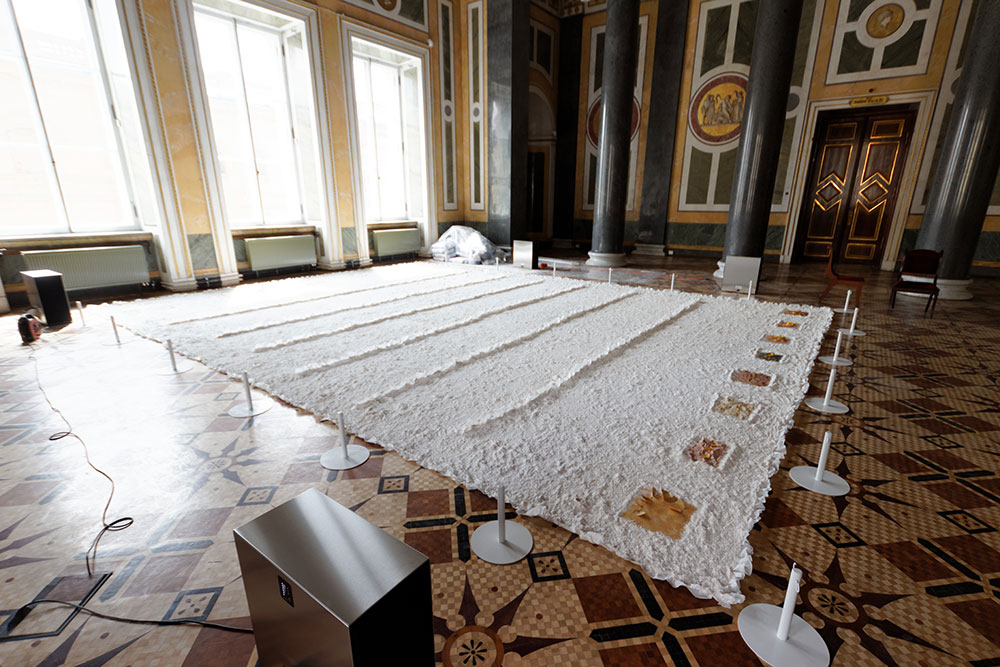


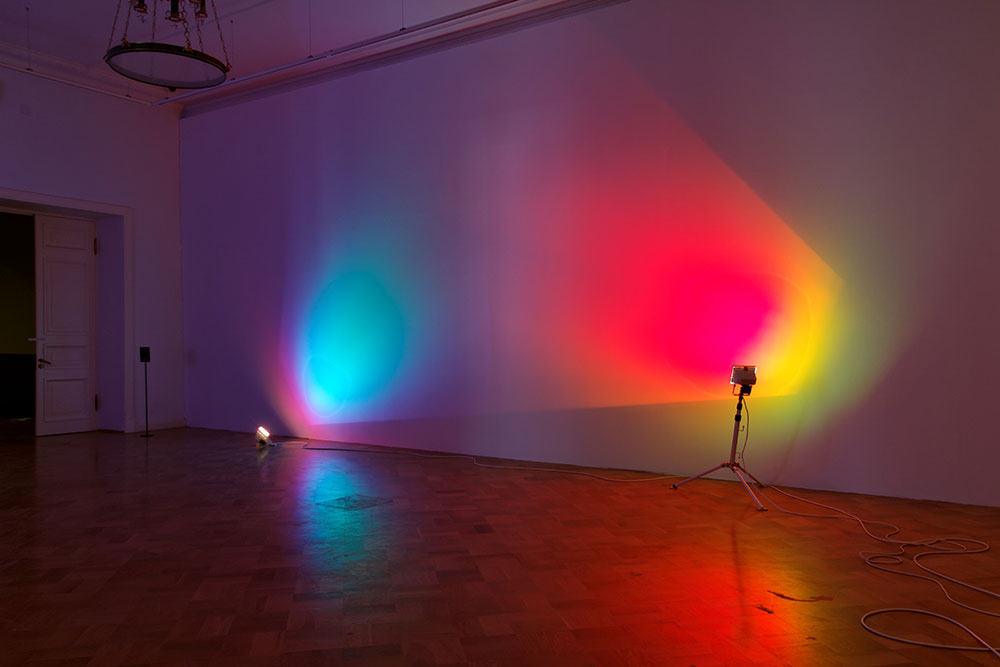
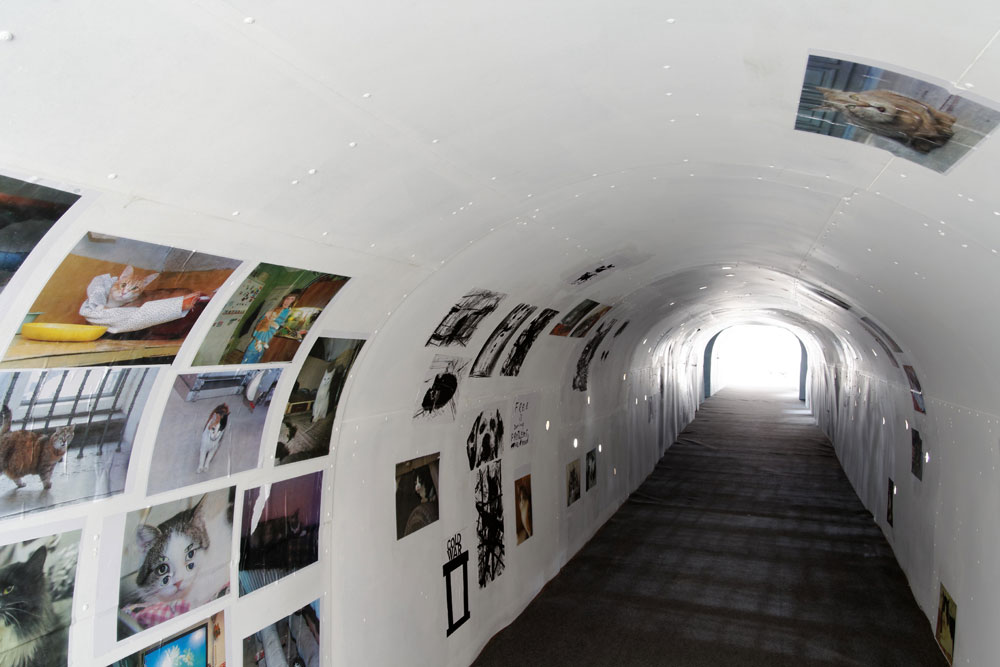
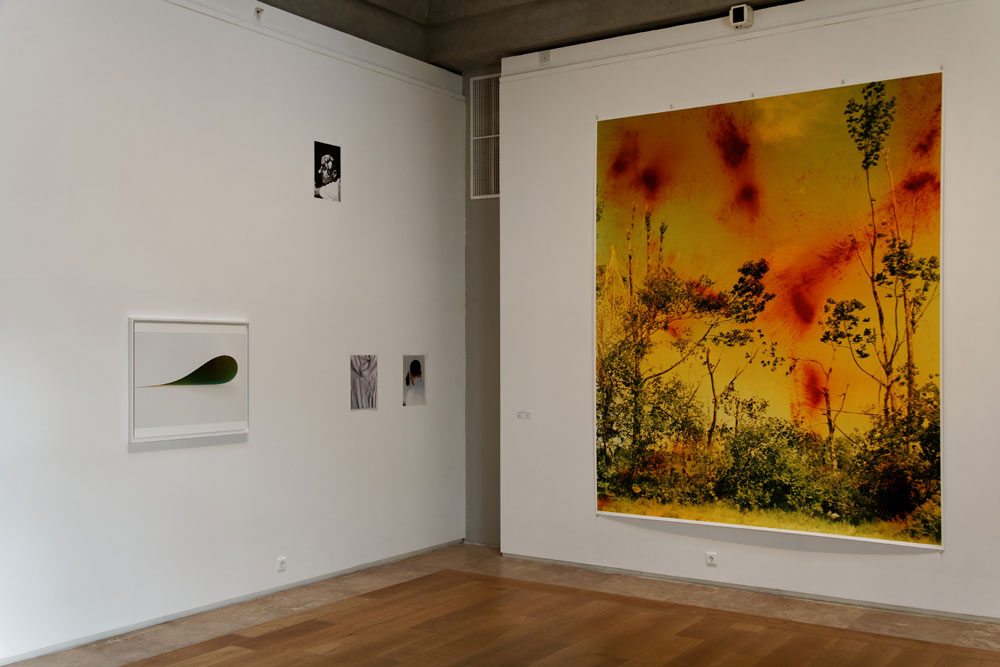
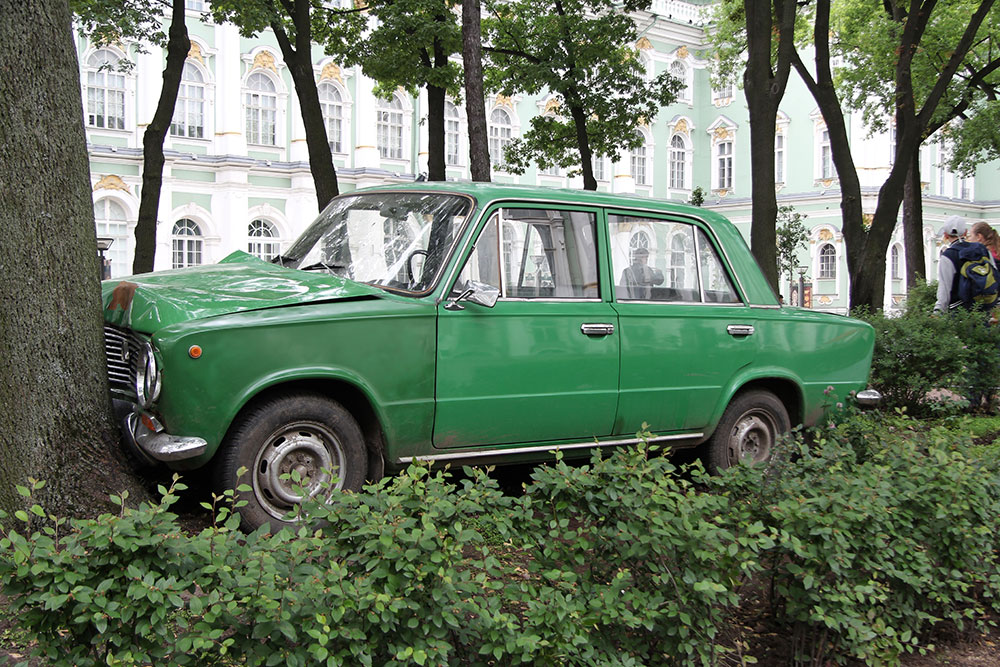
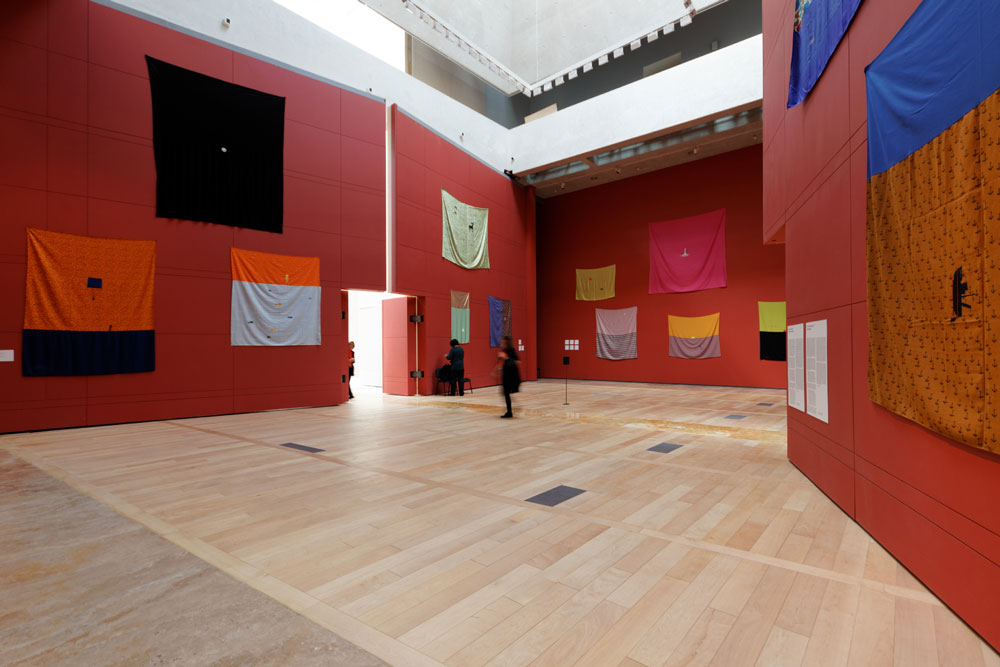
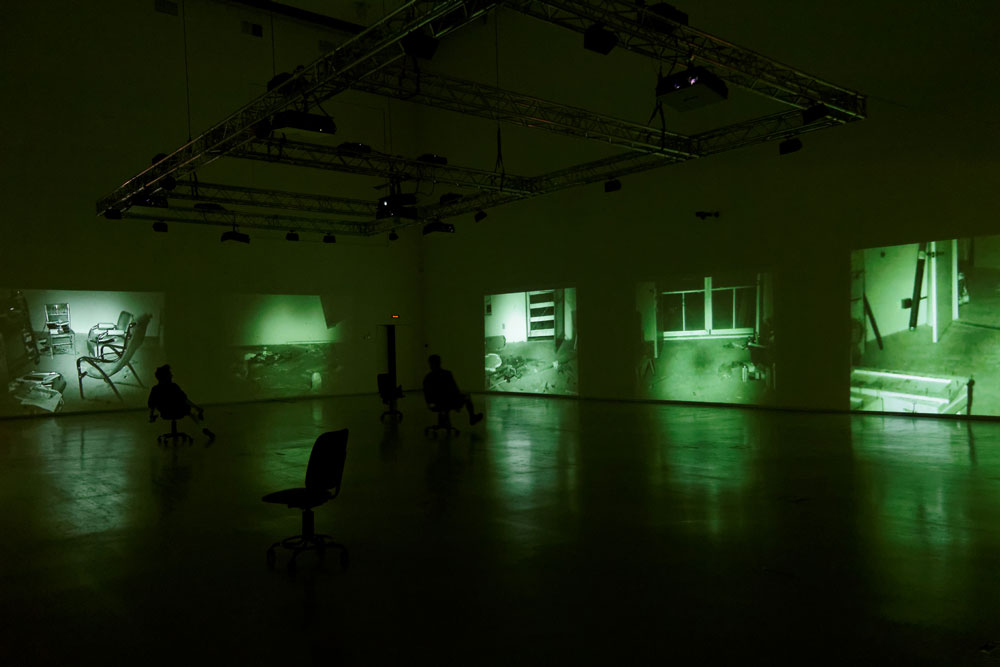
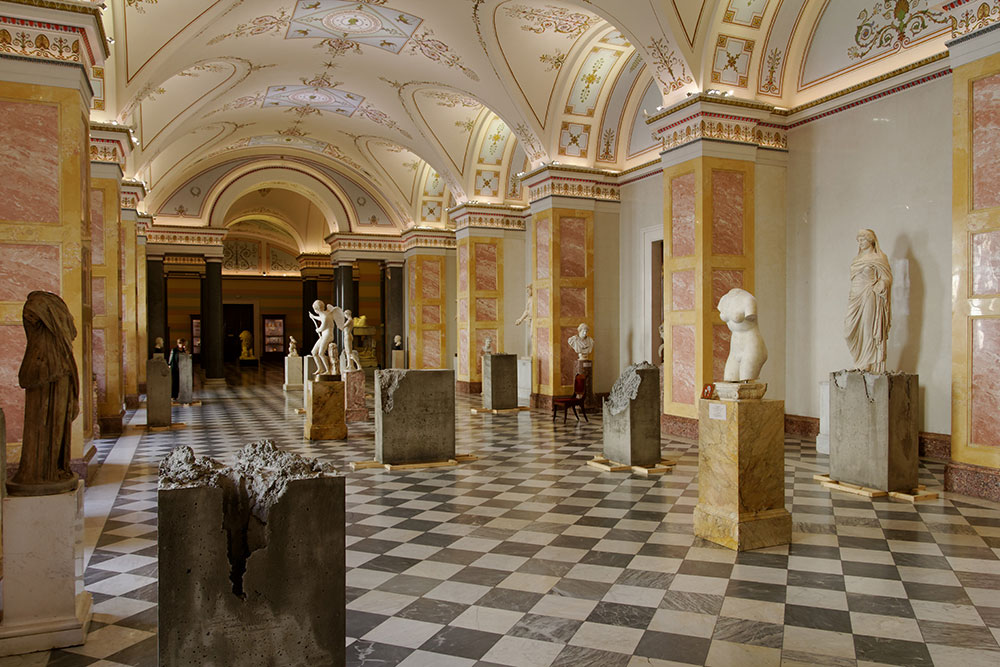
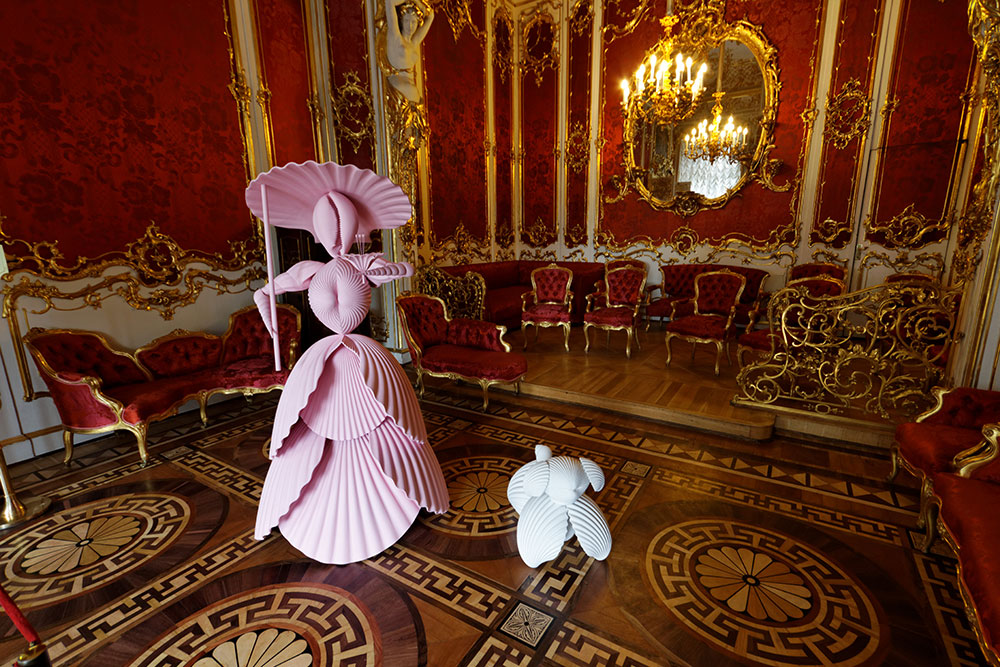
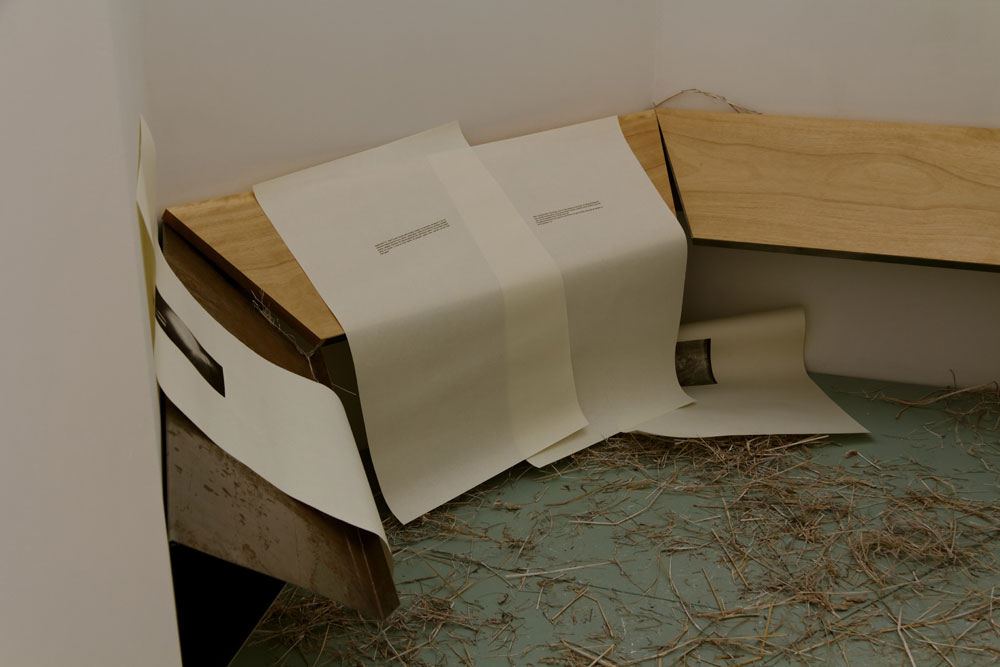
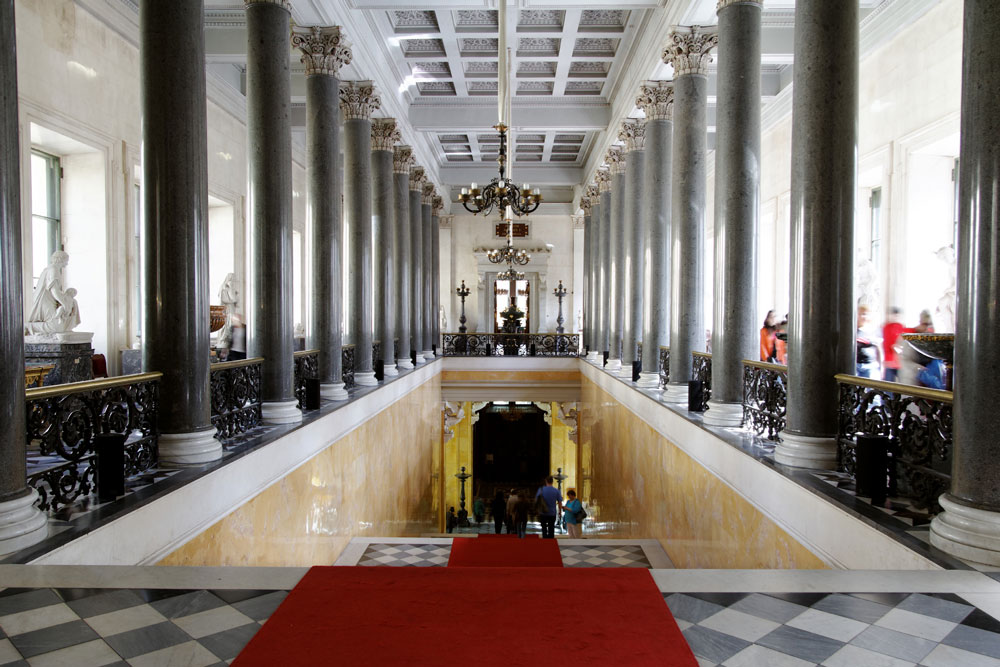
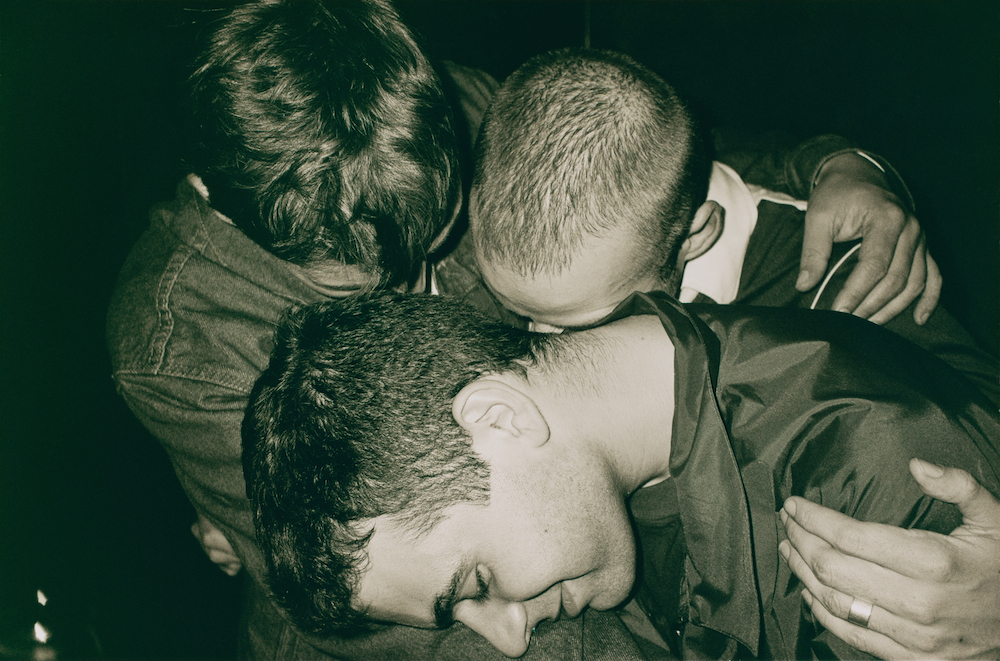
-137.jpg)
